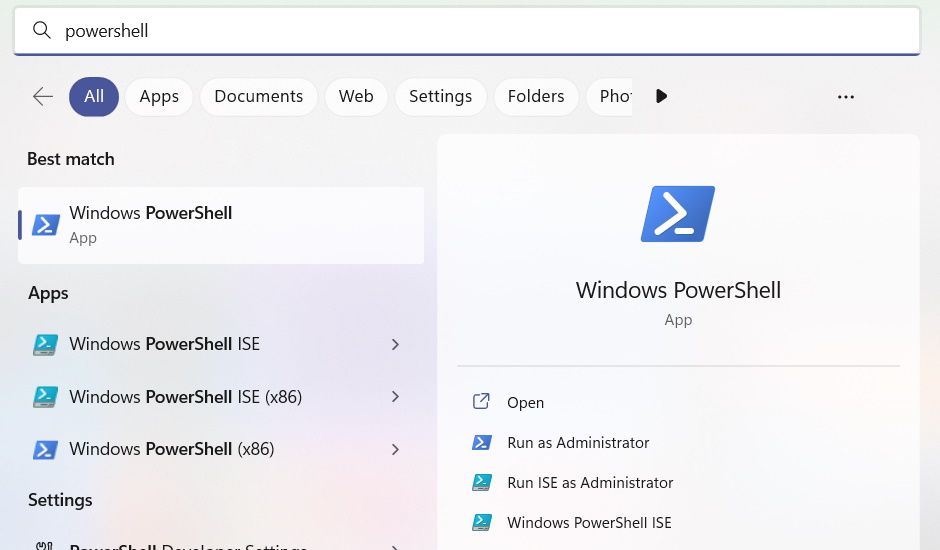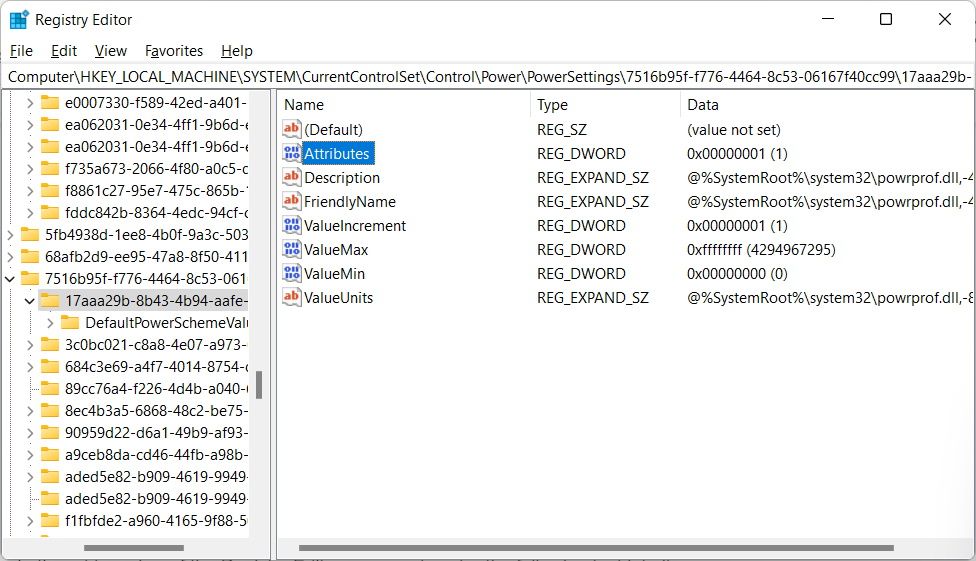
Tactics to Mask Dimming Functionality in System Preferences

Tactics to Mask Dimming Functionality in System Preferences
There are times when you need to step away from your PC, and if you’re gone long enough, the screen will automatically dim. Windows does this to preserve your battery, and you can adjust when your display should darken in the Power Options menu by editing the Dim display after option.
If for some reason you can’t see the Dim display after option in the Power Options menu, or it’s there and you want to remove it, you can use PowerShell or the Registry Editor to show or hide it. Here’s how.
How to Show or Hide the “Dim Display After” Option Using PowerShell
First, launch Windows PowerShell. There are many ways to open PowerShell on Windows , but the easiest method is to press Win + S to open Windows Search. Then, enter powershell in the search box and click on Windows PowerShell when it appears in the search results.

In PowerShell, enter the following command to show the Dim Display after option in the Power Options menu:
powercfg -attributes SUB_VIDEO 17aaa29b-8b43-4b94-aafe-35f64daaf1ee -ATTRIB_HIDE
To hide it, enter the following command:
powercfg -attributes SUB_VIDEO 17aaa29b-8b43-4b94-aafe-35f64daaf1ee +ATTRIB_HIDE
After entering the command you want, hit the Enter key on your keyboard for PowerShell to execute it. Afterward, the Dim display after option should appear or disappear accordingly in the Power Options menu.
How to Show or Hide the “Dim display after” Option Using the Registry Editor
Considering how vital the Windows Registry is for the smooth operation of Windows, you might want to back up the registry before you edit it. Afterward, open the Registry Editor by pressing Win + R, typing regedit in the text box, and clicking OK.

Click Yes to bypass the UAC prompt.
In the address bar of the Registry Editor, copy and paste the following text into it:
HKEY_LOCAL_MACHINE\SYSTEM\CurrentControlSet\Control\Power\PowerSettings\7516b95f-f776-4464-8c53-06167f40cc99\17aaa29b-8b43-4b94-aafe-35f64daaf1ee
On the right panel, double-click the Attributes entry to open it up for editing.

Then, in the Value data text box, enter 1 to hide Dim display after in the Power Options menu or 2 to show it.

Now you can open the Power Options menu (see how to open the power options on Windows 10 ) and check under Display to see if the Dim display after option is there or not.
Controlling the “Dim Display After” Option in the Power Options Menu
Now that you know how to show or hide Dim display after, you know what to do when you can’t find it in the Power Options menu or need to remove it. We recommend keeping it hidden and then bringing it up whenever you need it. This will make sure that no one messes with this important display setting when you’ve set it up perfectly.
Also read:
- [New] 2024 Approved Ultimate Guide Top 20 Cost-Free Video Editing Websites
- [New] In 2024, Productivity in Duality Employment & Video Creation
- [Updated] In 2024, How to Combine Videos on iPhone
- [Updated] In 2024, Premium Vimeo File Extractors
- 2024 Approved Audience Captivation Through Crossfade Mastery in Audacity
- 5 Strategies for Using AI to Enhance Cyber Attacks
- Cutting-Edge Capture Ranking the Prime 6 4K DSLR Models
- Exploring Microsoft Copilot: AI-Driven Coding Assistant Explained
- Fixed Low Frame Rate Issue with Asus USB Cam in Win11
- How to Overcome the ‘Cannot Display Webpage’ Hurdle on IE
- How to Set or Reset the Default Terminal App on Windows
- Mastering Startup Fixes for Frozen Windows OBS Studio
- Streamlining Windows 10'S Caption Error Correction
- Title: Tactics to Mask Dimming Functionality in System Preferences
- Author: Joseph
- Created at : 2025-02-25 17:48:25
- Updated at : 2025-03-02 13:13:12
- Link: https://windows11.techidaily.com/tactics-to-mask-dimming-functionality-in-system-preferences/
- License: This work is licensed under CC BY-NC-SA 4.0.